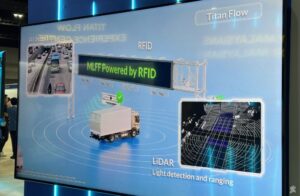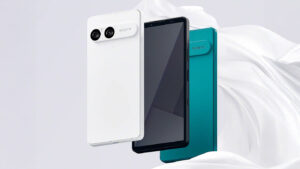Melaka’s smart city ambitions and the simulator labs of the Mercedes-AMG PETRONAS Formula One Team don’t seem to share much at first glance. But both have turned to smart lighting as a tool for performance, efficiency, and sustainability.
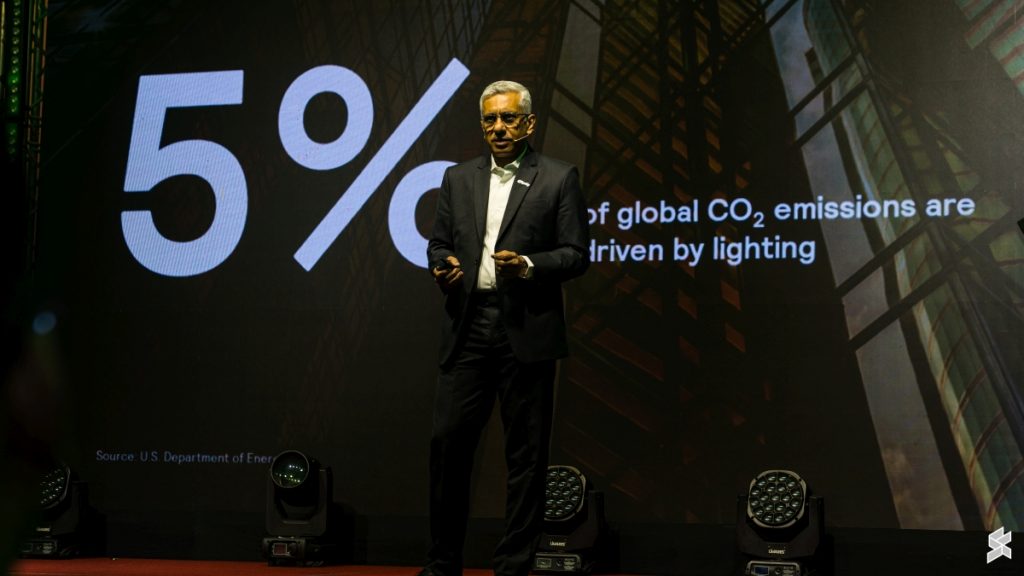
These were just some of the examples discussed at Signify Malaysia’s Innovation Day 2025, where lighting was reframed as infrastructure that serves more than visibility.
Smart City Deployment in Melaka Highlights National Potential
Melaka is one of Malaysia’s most visible examples of how smart lighting is being integrated into public infrastructure. Under the Interact City platform, more than 1,000 cloud-connected LED streetlights have been deployed across the city. The system enables real-time remote monitoring and automated scheduling, contributing to reported energy savings of up to 60%.
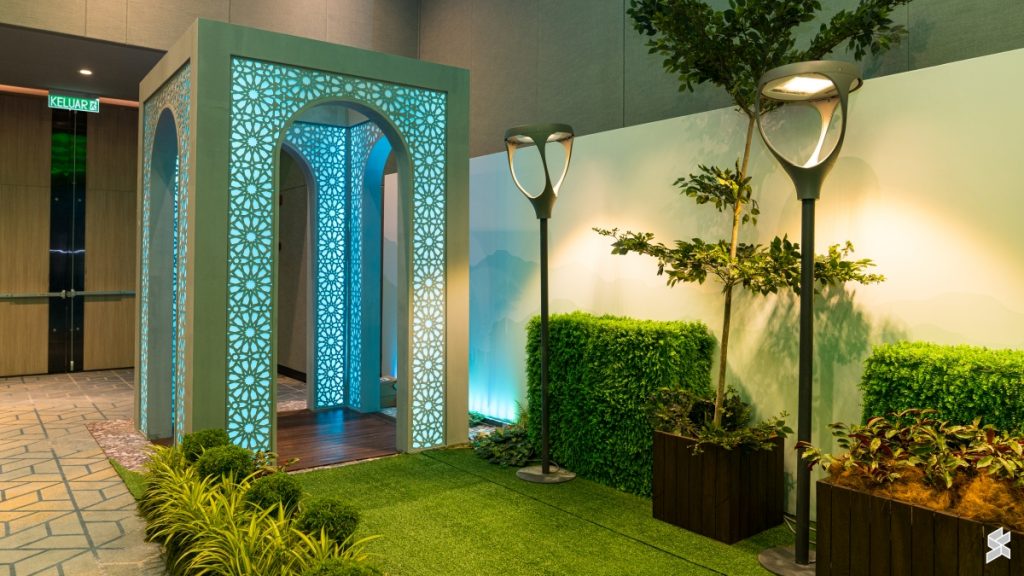
While the implementation began in 2018, it was highlighted again this year as a reference model for other local councils, especially in the context of Malaysia’s National Energy Transition Roadmap (NETR) and Energy Efficiency and Conservation Act (EECA) 2024.
Lighting Innovation in High-Performance Environments
The Mercedes-AMG PETRONAS Formula One Team, headquartered in Brackley, UK, uses NatureConnect, a lighting system designed to replicate natural daylight patterns, in its windowless simulator control rooms. According to the team, the setup enhances alertness, reduces visual fatigue, and promotes circadian rhythm alignment during extended simulation sessions.
The system was introduced through a broader collaboration with Signify. Although not a headline-grabbing partnership in the traditional sense, it reflects a growing trend of applying workplace lighting to support cognitive performance, particularly in high-stakes, precision-driven environments such as motorsport.
NatureConnect Brings Daylight Simulation Indoors
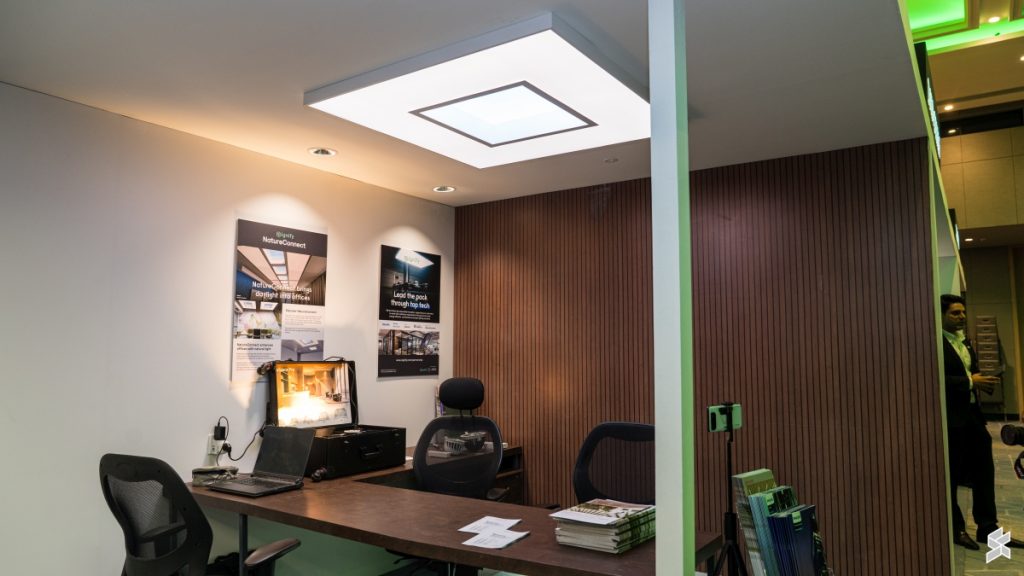
At the centre of several use cases shared during the event was NatureConnect, an indoor lighting solution that mimics the changing colour temperature and intensity of natural daylight. It’s being deployed in offices, simulator rooms, and other enclosed spaces with limited daylight access.
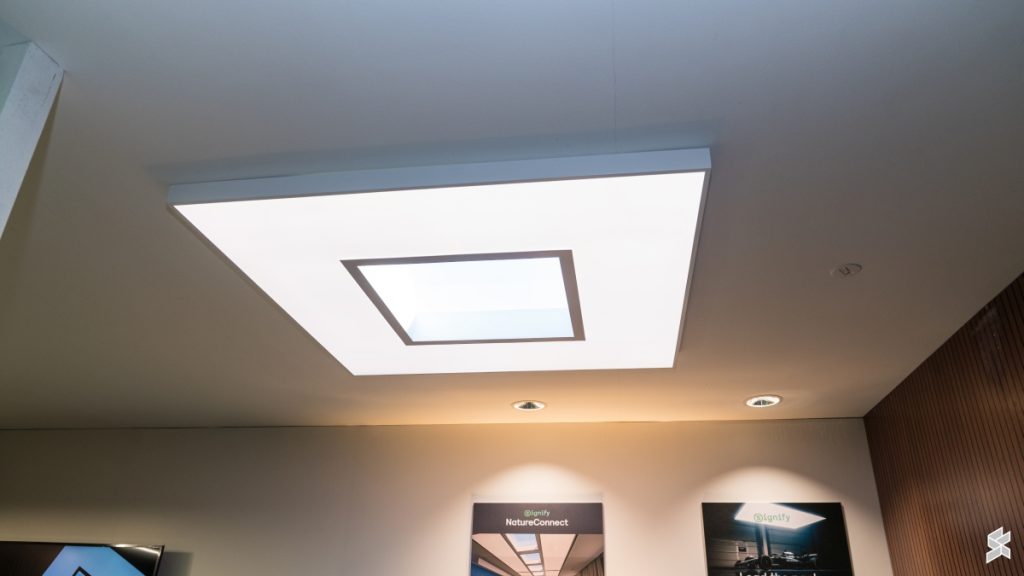
The goal is to provide artificial light that supports occupant wellbeing throughout the day. By adapting to the human circadian cycle, it addresses common workplace concerns such as afternoon fatigue, eyestrain, and poor sleep quality in shift-based work environments.
Spectrally Tuned Lighting for Food Retail Applications
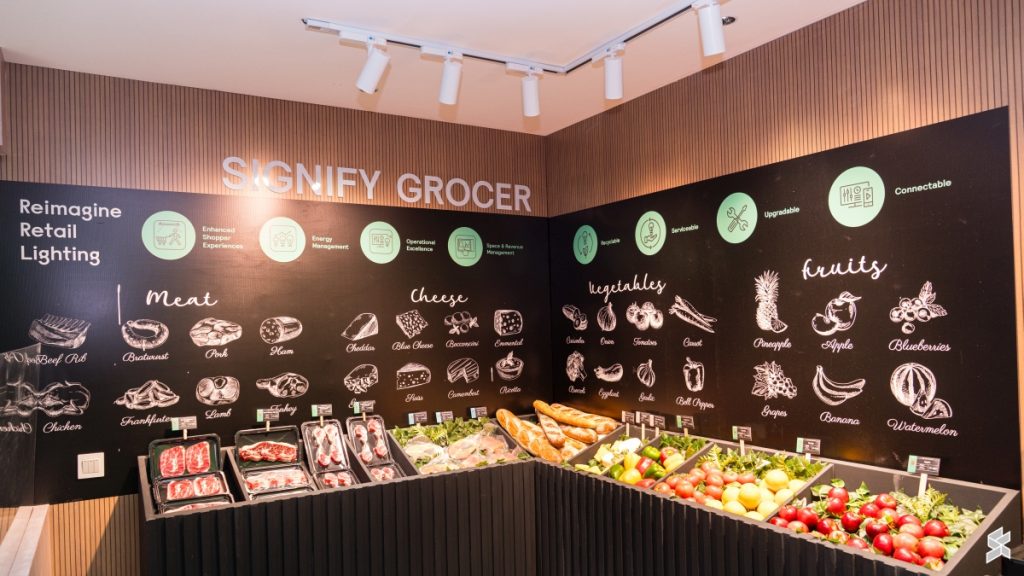
The use of lighting in retail was also brought up, particularly in the context of fresh food display. According to Signify, the colour temperature and spectral composition of retail lighting can be adjusted to enhance the natural appearance of meats, vegetables, and baked goods.
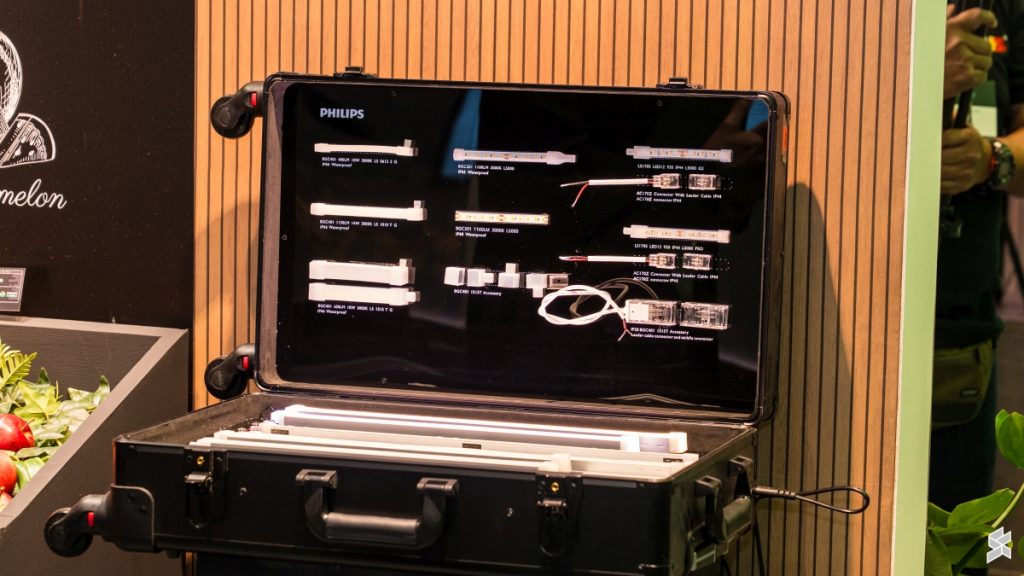
More notably, some lighting systems are engineered to minimise UV and infrared radiation, two factors that can accelerate spoilage or cause visual degradation. While lighting alone does not preserve freshness in the strict sense, it can reduce the conditions that contribute to early deterioration, especially for open-shelf produce.
Optimised Lighting for Data Centre Workspaces
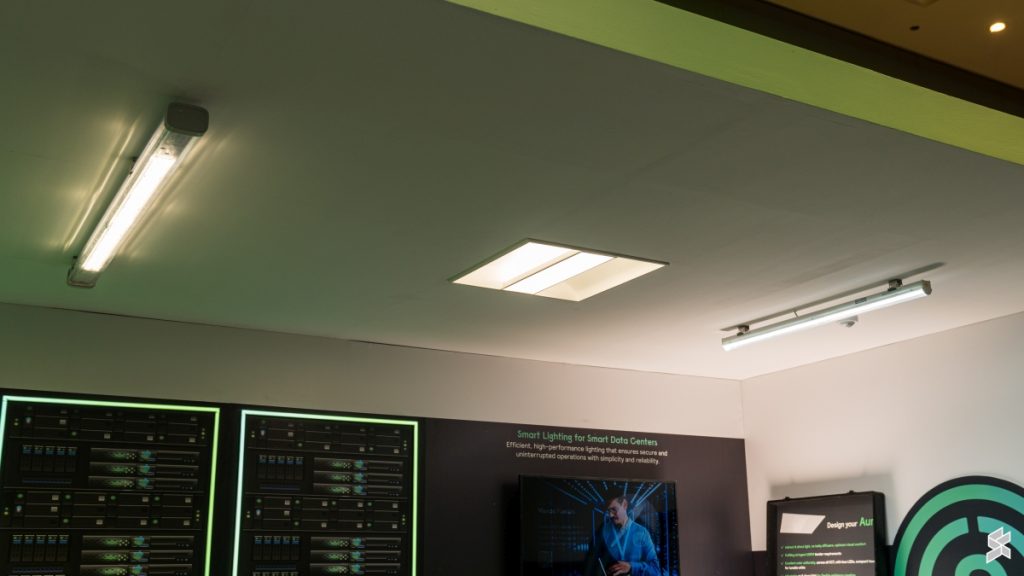
In data centres, lighting requirements go beyond brightness. Facilities that operate around the clock require illumination that provides clarity for complex hardware tasks while also maintaining visual comfort for technicians working extended shifts.
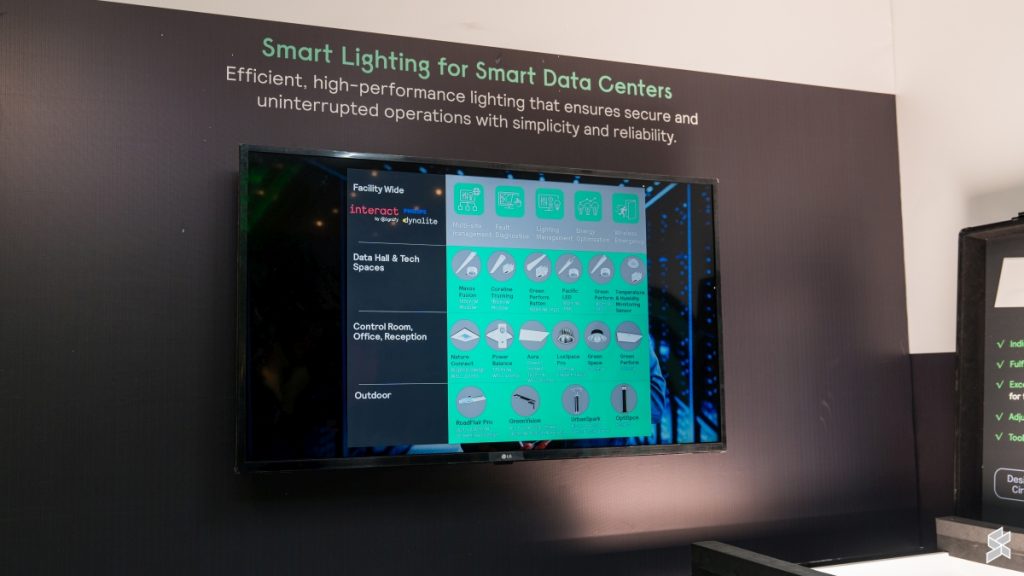
Industrial-grade lighting with high colour rendering, reduced flicker, and low glare was cited as essential for operational reliability and occupational health. Some systems also include smart motion sensors and zoned lighting to optimise energy use without compromising safety.
Intelligent Lighting Systems for Commercial Sustainability Compliance
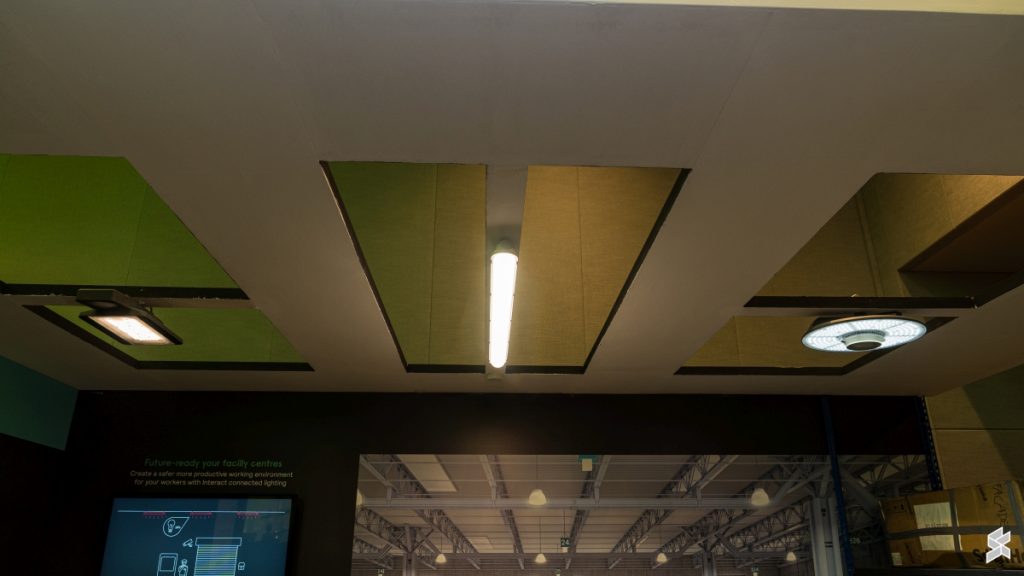
In office buildings and commercial properties, lighting is being reconsidered as a core component of sustainability and wellness certifications. Malaysia’s EECA 2024 mandates stricter energy audits and minimum performance standards, pushing property developers and facilities managers to adopt more efficient systems.
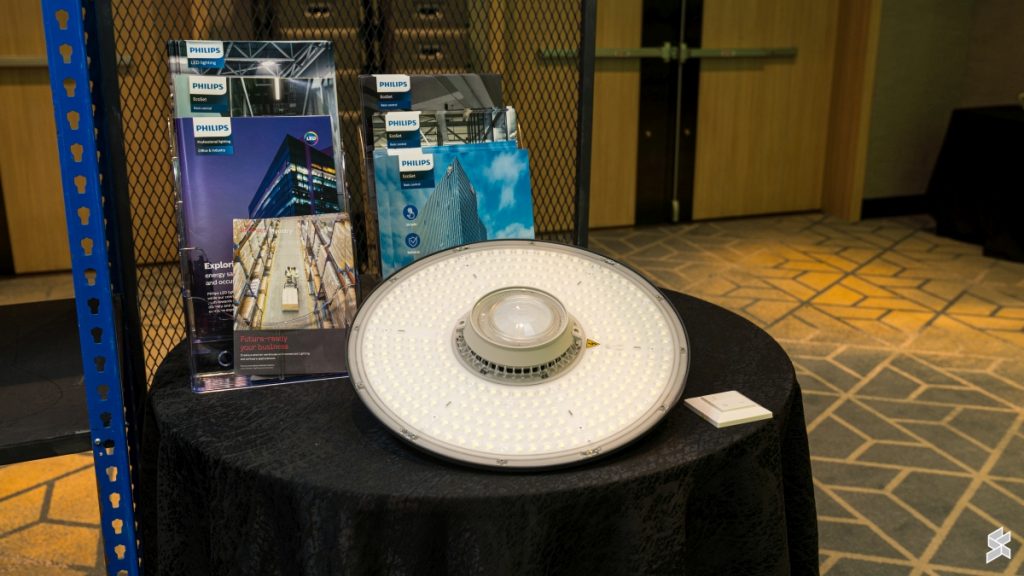
Lighting solutions that support circadian alignment, like NatureConnect, are increasingly being used to meet voluntary certifications such as the Green Building Index (GBI) and WELL Building Standard.
Supporting Malaysia’s Energy Transition and Green Building Agenda
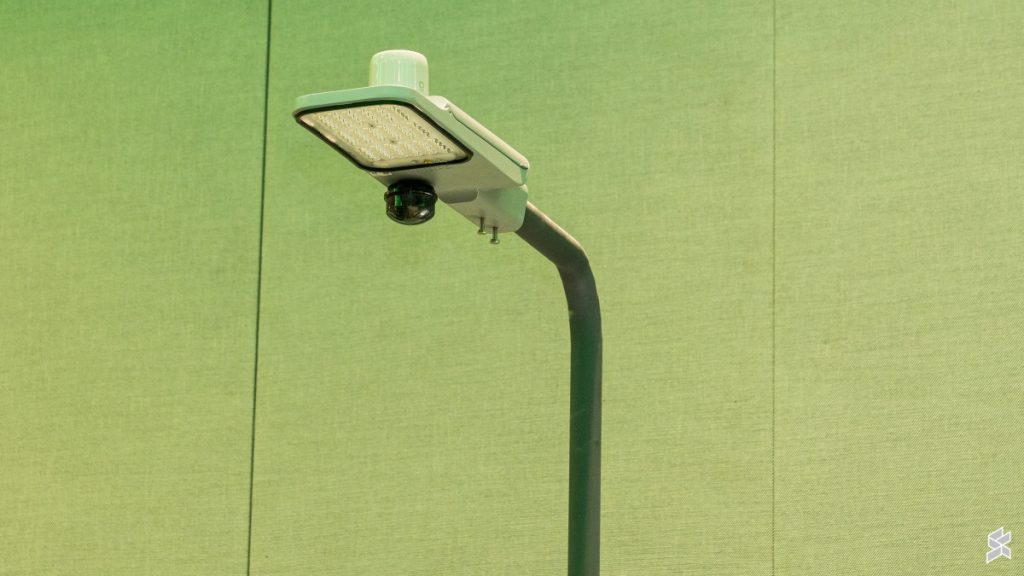
Lighting currently accounts for 15 to 20% of energy usage in commercial buildings, according to Malaysia’s National Energy Efficiency Action Plan (NEEAP). Presenters at the Innovation Day suggested that replacing traditional lighting with connected, smart LED systems could cut consumption by as much as 70%.
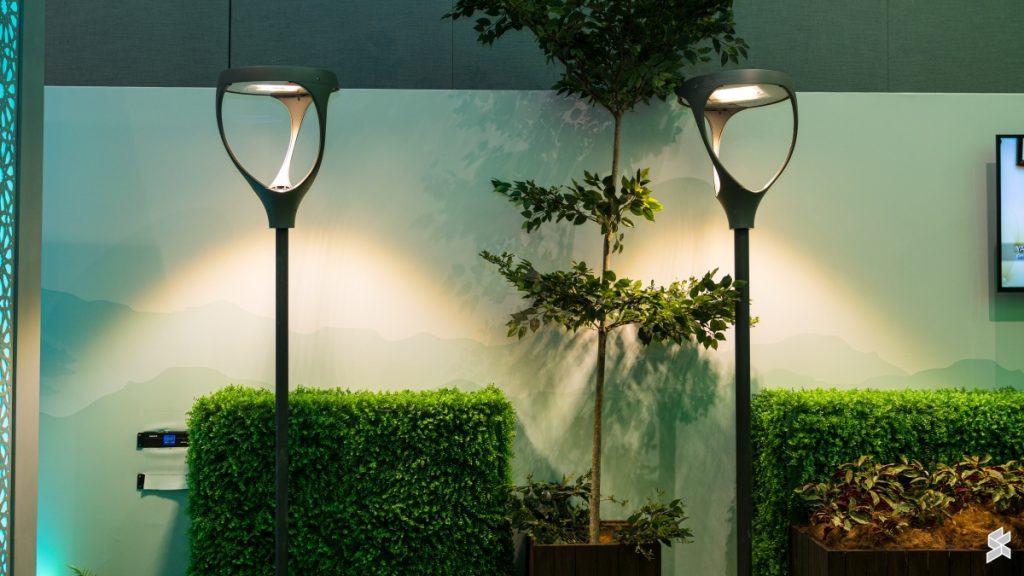
As Malaysia looks to accelerate its energy transition through the NETR and EECA frameworks, building-level efficiency measures, including lighting upgrades, are positioned as near-term interventions that can deliver impact without large-scale structural changes.
Lighting as Infrastructure, Not Just Illumination
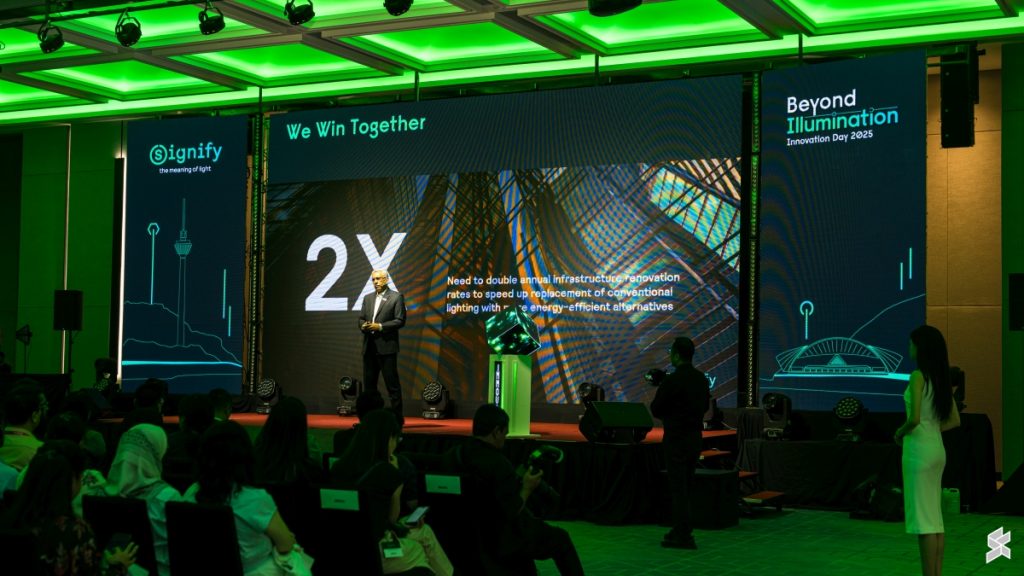
Although Signify is best known for consumer-facing brands like WiZ and Philips Hue, its role in the Malaysian market is increasingly focused on infrastructure-grade solutions. From municipal projects to office towers and specialised facilities, the broader message at Innovation Day 2025 was clear: lighting can do more than illuminate; it can support policy goals, public health, and even competitive performance.


